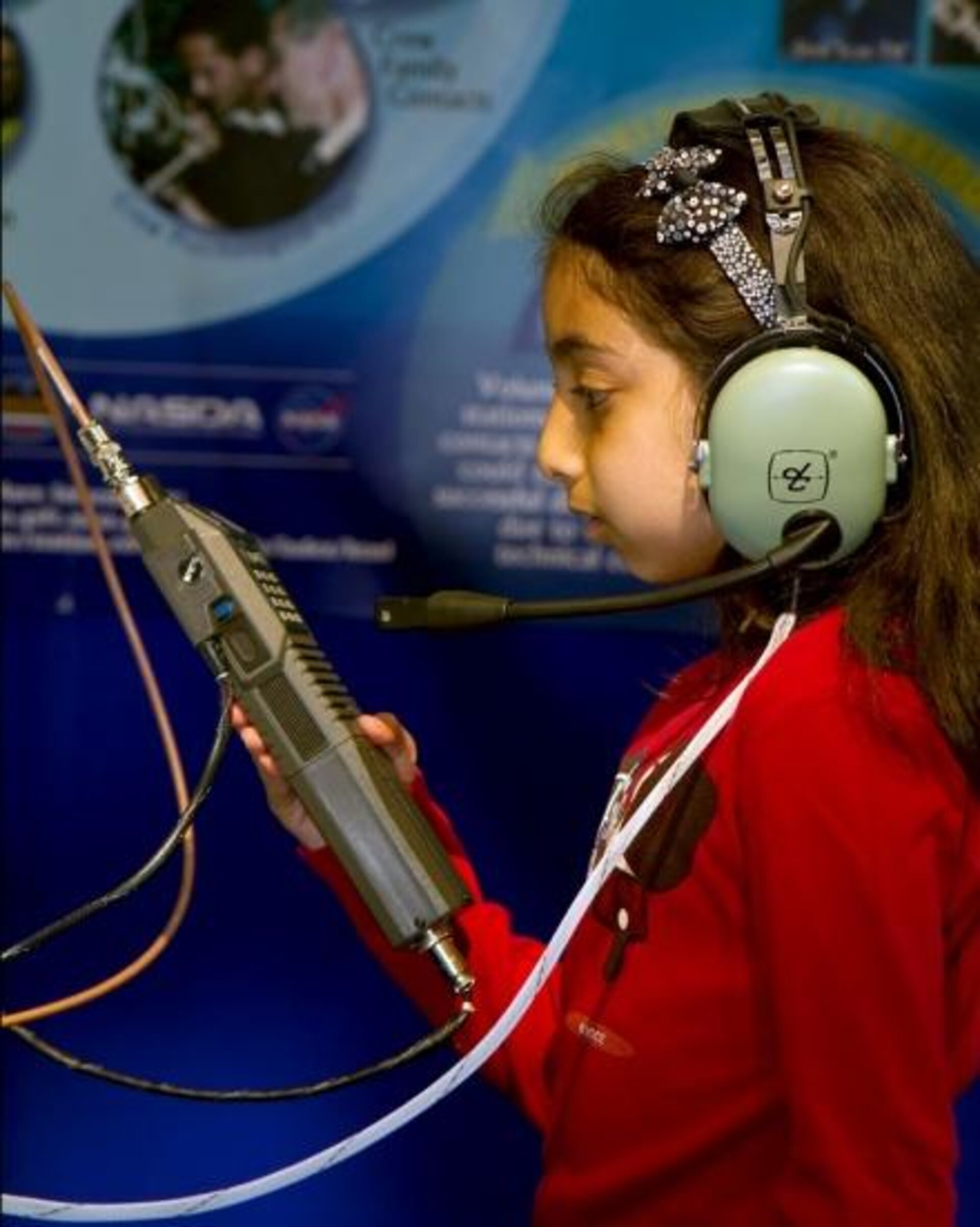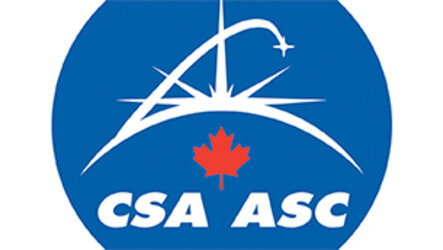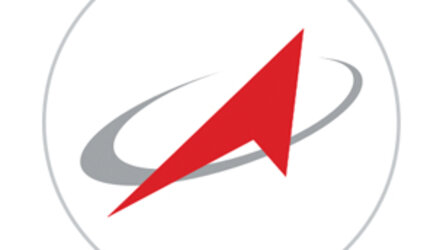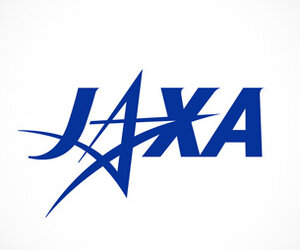Inspiring Youth With a Call to the International Space Station
Ever since the Amateur Radio on the International Space Station, or ARISS, hardware was first launched aboard space shuttle Atlantis on STS-106 and transferred to the space station for use by its first crew, it has been used regularly to perform school contacts.
With the help of amateur radio clubs and ham radio operators, astronauts and cosmonauts aboard the station have been speaking directly with large groups of people, showing teachers, students, parents and communities how amateur radio energizes students about science, technology and learning. The overall goal of ARISS is to get students interested in mathematics and science by allowing them to talk directly with the crews living and working aboard the station.
The ARISS conversations usually last for about 10 minutes. During that time, chosen students on the ground ask a preselected set of questions, which the crew answers from aboard the station.
In preparation for these exchanges, students learn about the space station as well as about radio waves and how amateur radio works. Ken Ransom, project coordinator with the space station Ham Radio Program, points out the educational benefits of these communications, of which about 50 a year take place. “The ARISS program is all about inspiring and encouraging by reaching the community and providing a chance for schools to interact with local technical experts. It also brings the space program to their front door.”

In order for ARISS to work, the station must pass over the Earth-bound communicators during amateur radio transmissions to relay signals between the station’s ham radio and ground receivers. Other issues, such as weather and crew availability, also factor into the timing of the transmissions. During this pass, an average of 18 questions can be answered, depending on the complexity of the query. To date, the space station has held more than 600 ARISS sessions with students around the world.
The downlink audio from ARISS talks can be heard by anyone in range with basic receiving equipment; transmissions broadcast on 145.800 megahertz. Interested parties can also catch a broadcast via EchoLink and the Internet Radio Linking Project, or IRLP, amateur radio networks or on the Internet, when available, according to Ransom.
For students who have never thought about the exploration of space, being involved in an amateur radio event such as this can be an eye-opener and pave the way for them to dare to dream and for those dreams to come true.
U.S. educators interested in participating in an ARISS communication can contact NASA’s Teaching From Space Office for a proposal packet. International schools should submit applications via the ARISS Web site for consideration. Submissions are due in July and January of each year.
Jessica Nimon and Camille Alleyne
International Space Station Program Science Office
NASA Johnson Space Center
Integrating AIS information with other satellite data, such as information from remote-sensing satellites, should significantly improve maritime surveillance and boost safety and security at sea. The payload designed for the Norwegian AISSat-1 satellite, which launched into a near polar orbit in July 2010, provides similarly good data in the high north. The NORAIS Receiver is software-defined radio design operating across the maritime band from 156 to 163 megahertz. The tuning of the NORAIS receiver to frequencies under consideration for allocation to space-based AIS has been carried out, and NORAIS took part in international tests of these two proposed frequencies in October 2010 as arranged by U.S .Coast Guard.
The main reason for covering more than the two current frequencies in use for AIS is to have the possibility to demonstrate the operational use of new channels in the maritime band being allocated to space-based AIS. Also, this configuration allows for characterization of the maritime VHF spectrum with respect to occupancy and interference. The software implementation allows for optimization of the receiver settings in orbit and also allows for upload of new signal processing algorithms.
The Vessel Identification System, or VIS, could potentially be beneficial to many European entities, particularly in assisting them in law enforcement, fishery control campaigns, maritime border control, maritime safety and security issues, including marine pollution surveys, search and rescue and anti-piracy. Various service entities have already been asking to get access to the VIS data, which is continuously acquired on Columbus.








